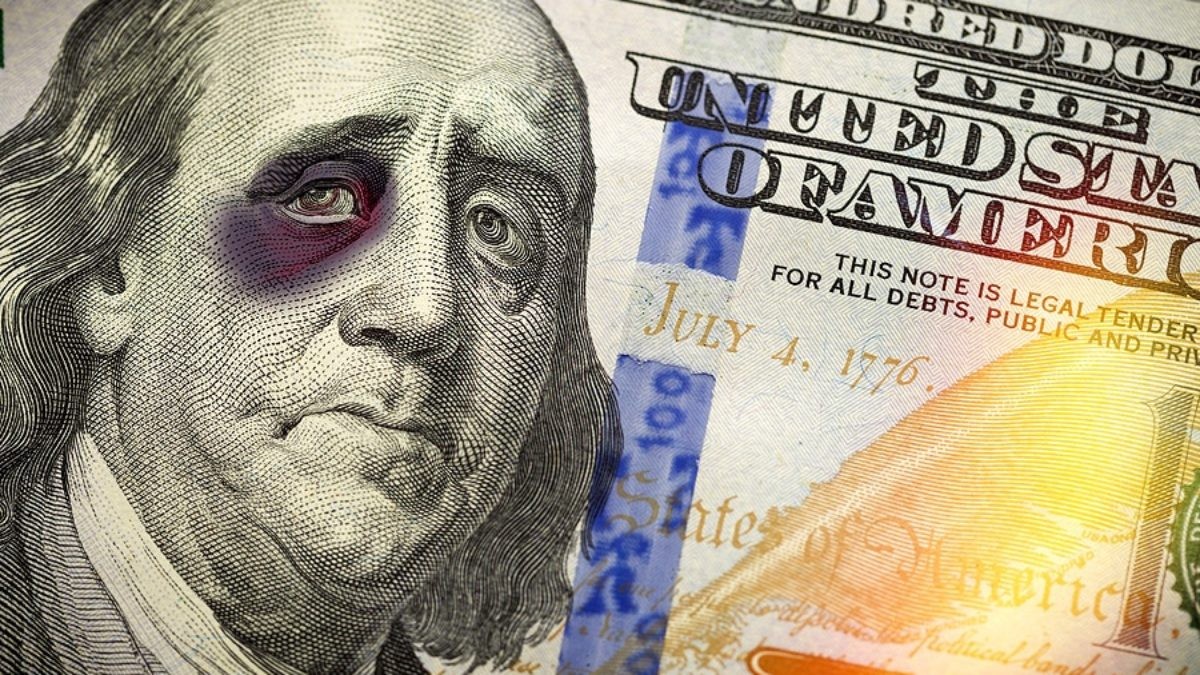
Financial markets remain choppy with the ongoing focus on Trump’s tariff agenda, in particular the scope for any rollback and their economic impact. The US 10-year rate has pushed higher, US equities erased a strong gain to be flat with an hour left of trading and a return of the NZD to a 0.56 handle proved short-lived.
It's all about tariffs still. A colleague asked yesterday when “Trump” would not get a mention in this daily report, and I couldn’t answer.
On his social media account, President Trump talked about a great call with South Korea and “things are looking good”. Other Asian and European leaders were lined up for negotiations as well. Treasury Secretary Bessent said Japan is going to get priority and he talked up the chance of some good deals with major trading partners.
On China, Trump said “China also wants to make a deal, badly, but they don’t know how to get it started. We are waiting for their call. It will happen!” Meanwhile the additional 104% tariff that China will face is still scheduled to take effect later today.
During the Asian trading session, China’s Ministry of Commerce released a statement with harsh words against the United States’ threat to escalate tariffs and “…if the US insists on its own way, China will fight to the end”.
Fair to say, there’s still a great deal of uncertainty of where we end up landing on tariffs and that is reflected in market volatility. US equities opened strongly on “hope”, but as reality set in that nothing had changed, a 4% gain was eroded away. Asia had a much better trading session, with Japan’s Nikkei up 6% and most markets higher. The Euro Stoxx 600 and UK’s FTSE100 both recovered 2.7%.
The sharp, largely unexplainable, sell-off in US Treasuries over the previous session has been sustained, with the 10-year rate nudging higher after a failed attempt to reverse course. It currently sits near the top of its daily trading range around 4.25%, up from the 4.15% level at the NZ close. The curve is steeper, with little change in the 2-year rate.
Chicago Fed President Goolsbee said the tariffs are “way bigger” than anticipated and he outlined the need for policy makers to actively talk to businesses rather than waiting for the lagged hard data. This suggested a hint of the Fed being more proactive in “kicking tyres” to judge policy rather than waiting for official confirmation of the extent of any growth hit or inflation pulse.
The US NFIB small business survey showed business confidence was already collapsing ahead of Liberation Day, unwinding the euphoria seen after Trump’s election. The release noted “the implementation of new policy priorities has heightened the level of uncertainty among small business owners over the past few months”.
In currency markets there has been some focus on the yuan. The PBoC set a weaker CNY reference rate again but continues to tightly manage the rate of yuan depreciation. USD/CNY rose above the December high, sending the yuan to its weakest level against the USD in over eighteen months, just under 7.24. The market has got a whiff that China’s strategy has changed here, allowing small steps towards depreciation, and it sent USD/CNH higher overnight, blasting up through 7.40.
Spillover risk for the NZD and AUD has been well contained. We have previously noted that these currencies have front-run expectations for a weaker yuan, reflected in weaker NZD/CNY and AUD/CNY crosses, so they shouldn’t be significantly impacted by the first few percentage falls in the yuan. But if USD/CNY shoots up through, say, 7.60, then spillover risk becomes increasingly likely.
The AUD has been more affected than the NZD from this focus on a weaker yuan, seeing NZD/AUD push up towards 0.93. The NZD recovered to just over 0.5625 overnight as US equities were rallying, but the reversal in sentiment sees it back down to 0.5550. The AUD fell from a high of 0.6085 to currently 0.5970. The yen has been on the strong side of the ledger, seeing NZD/JPY fall back down to 81.2 after rising up towards 83 overnight.
There have been modest movements in EUR and GBP. The EU is sensitive to China dumping excess goods into the region. President von der Leyen had a call with China’s Premier Li and a following statement said “President von der Leyen called for a negotiated resolution to the current situation, emphasising the need to avoid further escalation”, code for don’t dump your goods on us because we don’t really want to have to join the US in imposing tariffs.
The feature of the domestic rates market continues to be NZGB underperformance, with further rises in yield spreads to Australia and cheapening against swaps. The 10-year NZGB rose a chunky 15bps to 4.54% against an 11bps lift in the 10-year swap rate to 4.0% – the 54bps spread against swaps is large in a historical context. The 2-year swap rate rose 5bps to 3.15%.
In the day ahead, the RBNZ Monetary Policy Review will be of some vague interest, less so than usual given the volatile global backdrop. The Bank will be Orr-less (hopefully not oar-less) and is unlikely to have all the answers. A dialling down in the speed of easing to a 25bps rate cut to take the OCR to 3.5% is universally expected and fully priced by the market. The Bank would be wise to keep its options open regarding the speed and extent of any future policy easing.

We welcome your comments below. If you are not already registered, please register to comment.
Remember we welcome robust, respectful and insightful debate. We don't welcome abusive or defamatory comments and will de-register those repeatedly making such comments. Our current comment policy is here.